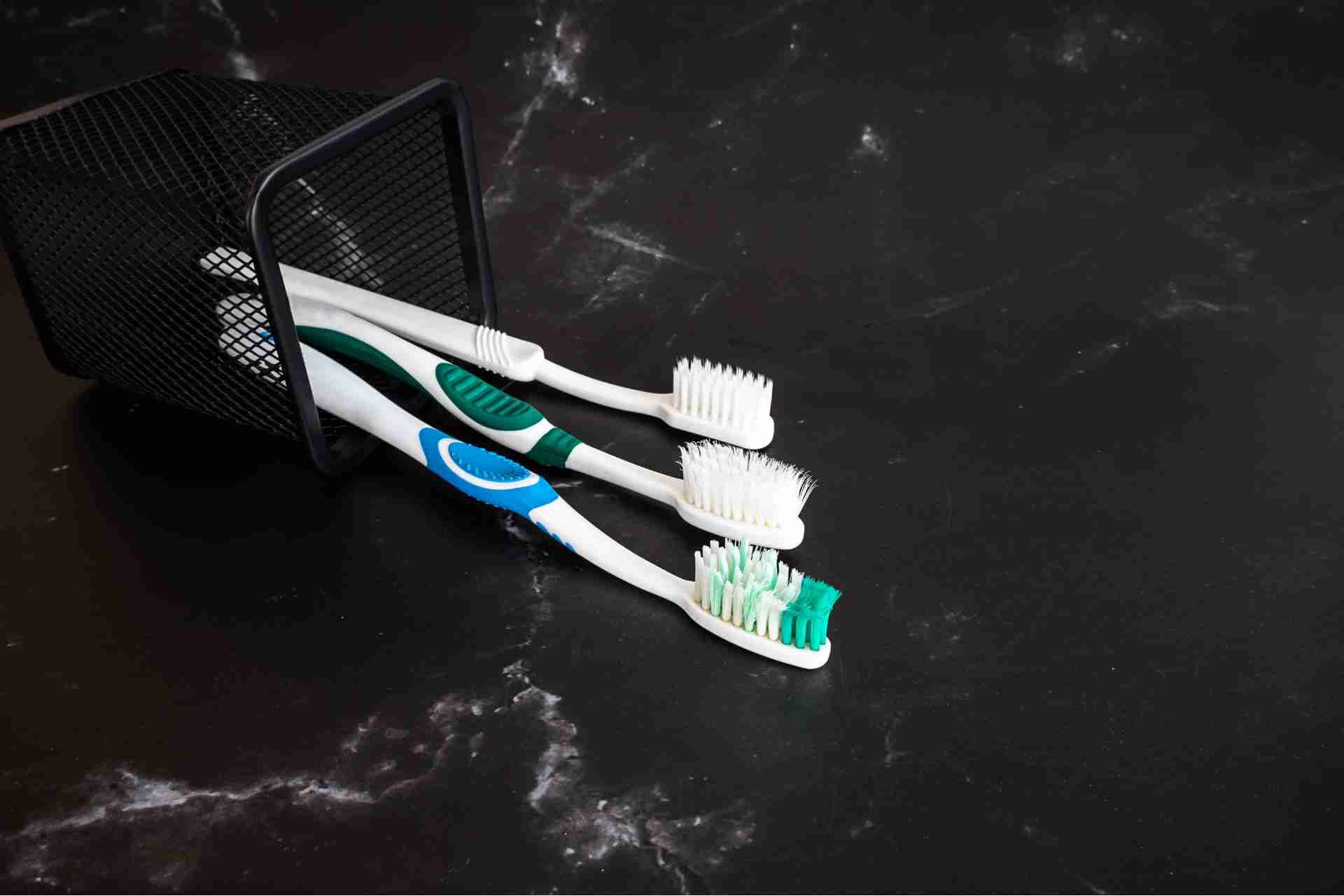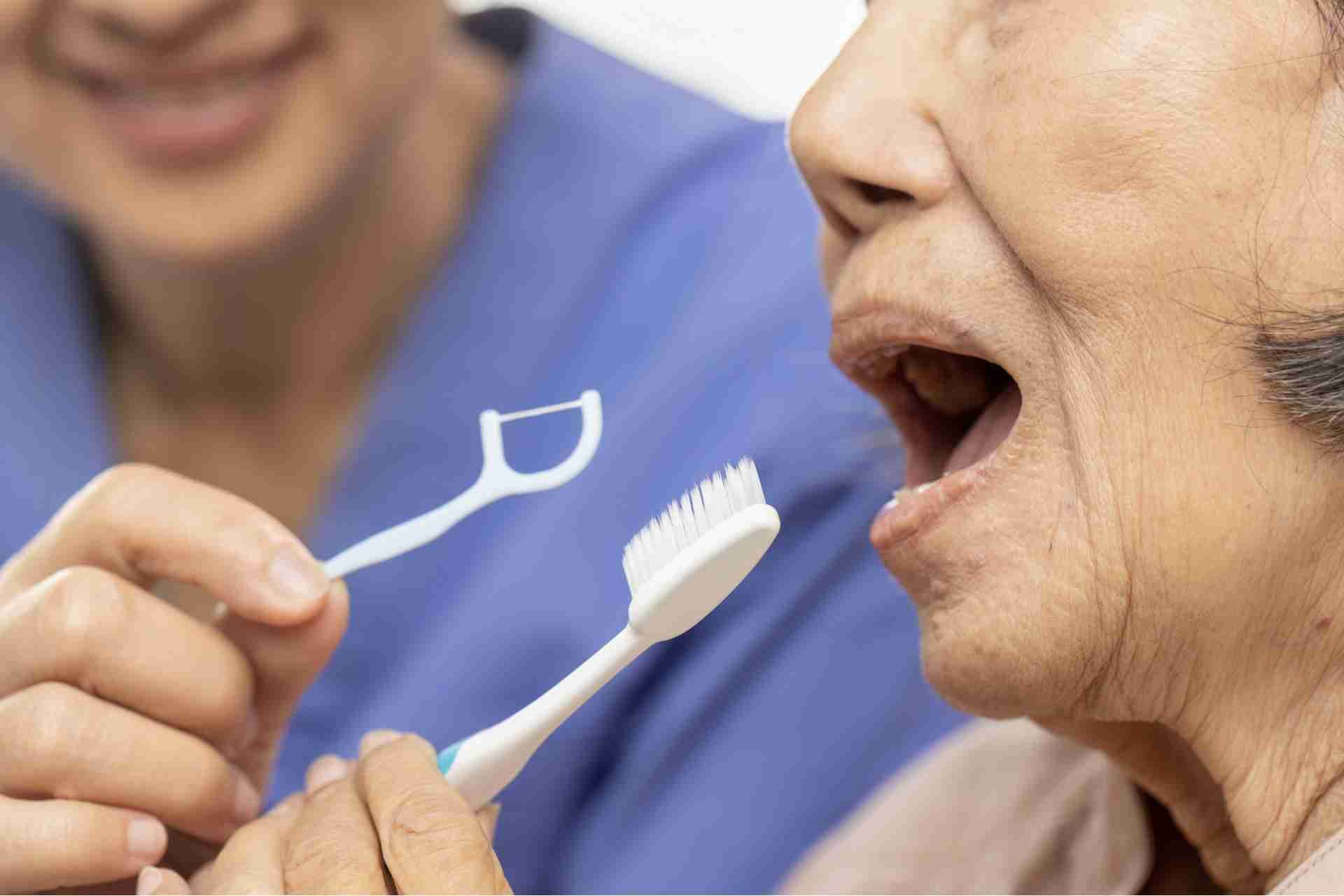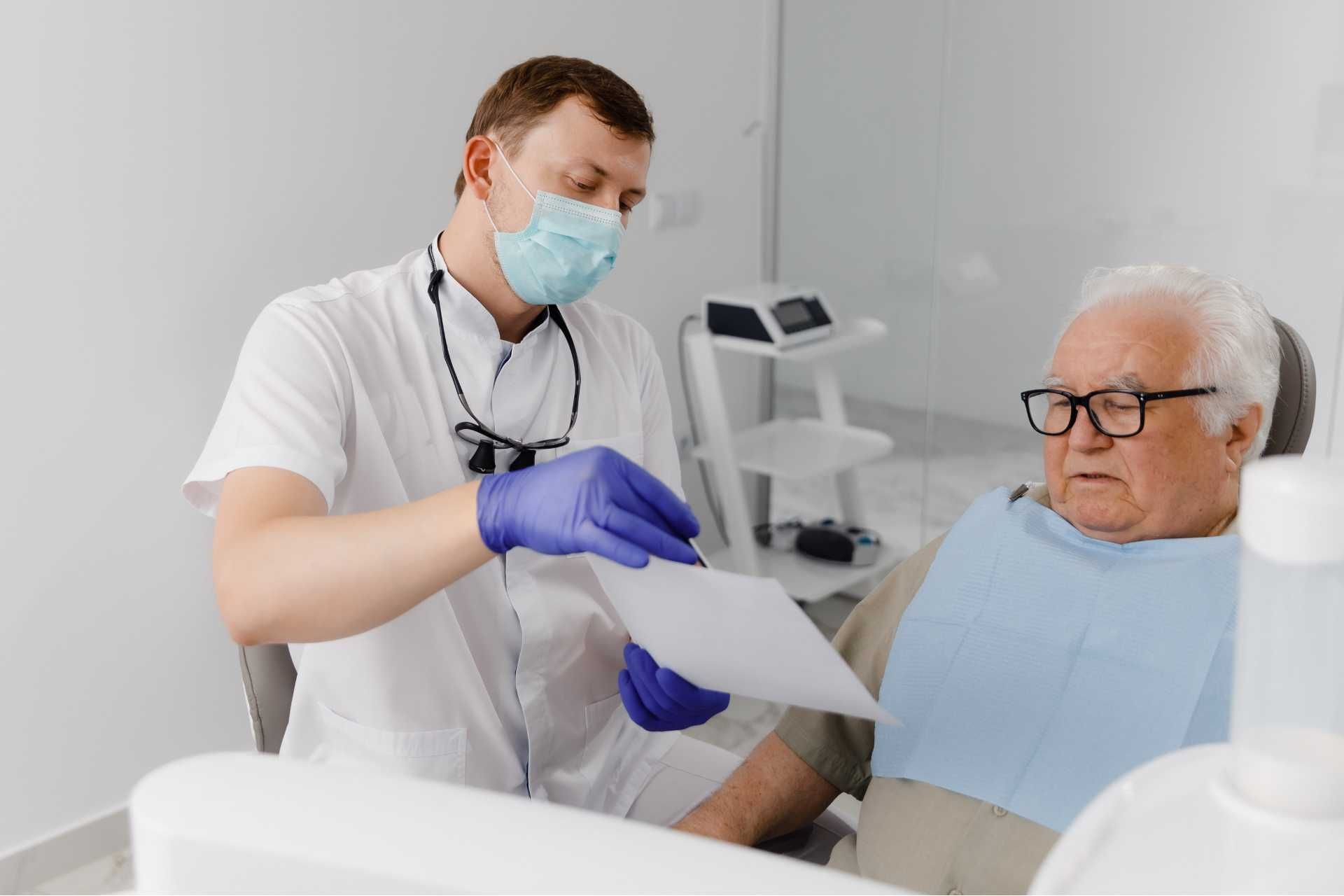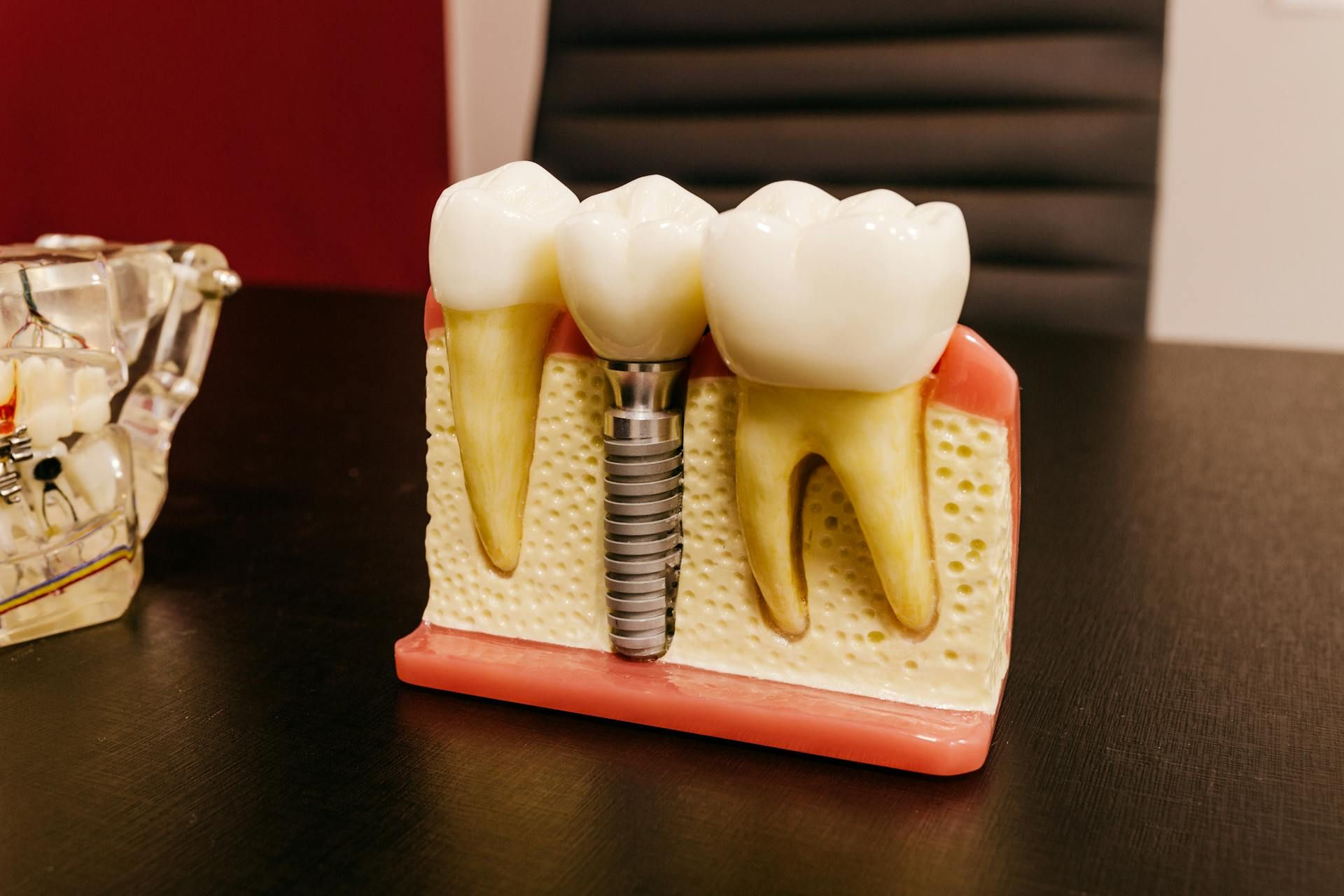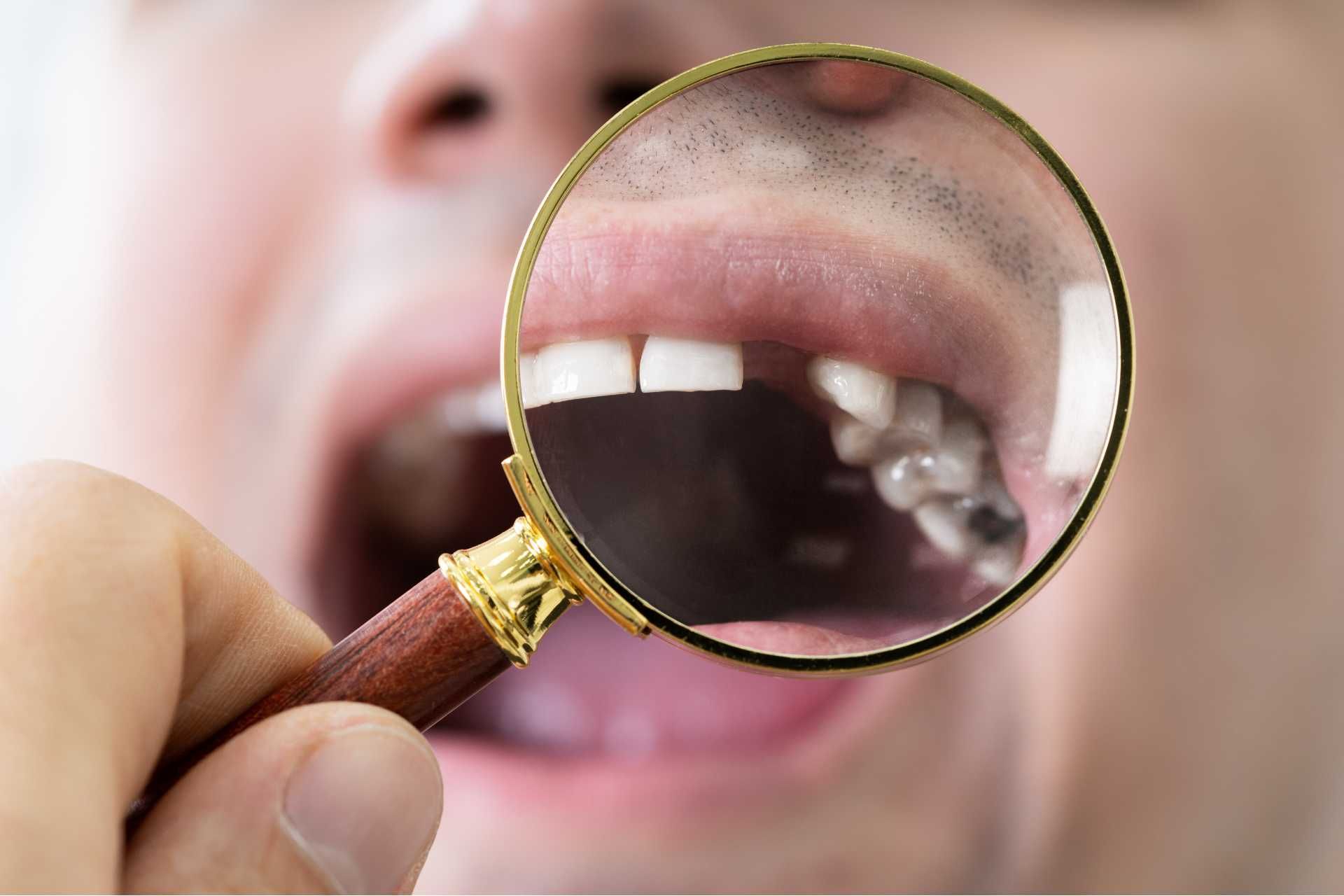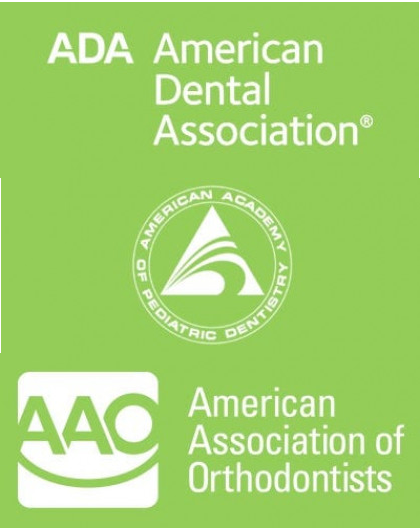How to Effectively Floss your Teeth

Flossing is a crucial part of maintaining good oral hygiene, yet many people overlook this important step in their dental care routine. While brushing your teeth is important for removing plaque and bacteria from the surface of your teeth, flossing is essential for removing debris and plaque from between your teeth and along the gumline where your toothbrush may not reach. In fact, neglecting to floss can lead to gum disease, cavities, and even tooth loss.
I will guide you through the steps on how to effectively floss your teeth to ensure you are keeping your mouth healthy and free from decay and gum disease.
Why flossing is so important
One of the main reasons why flossing is so important is because it removes plaque and food particles that are stuck between the teeth. Even the most diligent brushers may have a hard time reaching these tight spaces with a toothbrush. If this plaque is not removed, it can harden into tartar, which can only be removed by a dental professional. This buildup of plaque and tartar can lead to cavities, gum disease, and even tooth loss.
Flossing also helps prevent gum disease, which occurs when plaque and tartar buildup irritate the gums, causing them to become inflamed and bleed. If left untreated, gum disease can progress to periodontitis, a more severe form of gum disease that can lead to bone loss and tooth loss.
In addition to preventing cavities and gum disease, flossing also helps improve bad breath. Food particles that are stuck between the teeth can cause bad breath, and flossing helps remove these particles, leaving your mouth feeling fresh and clean.
Steps to effectively floss your teeth
1. Start by breaking off a piece of dental floss about 18 inches long. Wrap the ends of the floss around your middle fingers, leaving about 1-2 inches of floss between them.
2. Use your thumb and forefinger to guide the floss between your teeth. Be gentle and avoid snapping the floss down on your gums, as this can cause irritation and bleeding.
3. Once the floss is between your teeth, curve it into a C-shape around the base of each tooth and gently move it up and down to remove plaque and debris.
4. Be sure to floss both sides of each tooth, including the back molars. It's important to clean the entire surface of each tooth to prevent the buildup of plaque.
5. Use a fresh section of floss for each tooth to prevent spreading bacteria from one tooth to another.
6. Don't forget to floss along the gumline, as this is where bacteria and plaque can accumulate and cause gum disease.
7. Rinse your mouth with water after flossing to remove any loosened debris and bacteria.
It's recommended to floss at least once a day, preferably before brushing your teeth. If you find traditional flossing difficult or uncomfortable, you can also try using dental picks, interdental brushes, or water flossers as alternative options.
What type of floss to use
Flossing helps remove plaque and food particles from between the teeth and along the gumline, reducing the risk of cavities and gum disease. But with so many options available on the market, it can be overwhelming to choose the right type of floss for your needs. Here are the different types of floss available and help you decide which one is best for you.
- Nylon floss: This is the most common type of floss and is typically waxed or unwaxed. Nylon floss is thin and easy to slide between teeth, making it ideal for those with tight spaces. It is also available in flavors like mint or cinnamon to enhance the flossing experience.
- PTFE floss: Also known as expanded PTFE floss, this type of floss is made from the same material as Teflon. PTFE floss is shred-resistant and slides easily between teeth. It is a great option for those with sensitive gums or braces.
- Dental tape: Dental tape is wider and flatter than traditional floss, making it ideal for those with wider gaps between teeth. It is also gentler on gums and less likely to cut or irritate them.
- Super floss: Super floss is a multifunctional floss that combines regular floss, a stiffened end for threading under dental appliances like bridges or braces, and a spongy component for cleaning around implants or wide gaps. It is a versatile option for those who need to clean hard-to-reach areas in their mouth.
- Floss picks: Floss picks are small, disposable tools with a short piece of floss attached to a handle. They are convenient for on-the-go flossing and are great for people who have trouble maneuvering traditional floss.
The best type of floss for you will depend on your individual needs and preferences. Regardless of the type you choose, the most important thing is to floss regularly and effectively.
How often should you floss?
According to the American Dental Association (ADA), it is recommended to floss once a day. This is because plaque, a sticky film of bacteria that forms on teeth, can build up in between teeth where your toothbrush can't reach. Flossing helps to remove this plaque and prevent gum disease and tooth decay.
Flossing once a day is the ideal frequency, but if you find it difficult to remember or make it a habit, even flossing a few times a week is better than not flossing at all. The important thing is to be consistent in your flossing routine to maintain good oral health.
If you have braces or other dental appliances, you may need to floss more often to ensure that food particles and plaque are removed from around the brackets or wires. Your dentist or orthodontist may recommend using special tools or techniques to make flossing easier with braces.
Visit your Dentist Regularly
If you find yourself struggling with flossing, it may be time to seek guidance from the experts at Pennington Orthodontics & Pediatric Dentistry.
At Pennington Orthodontics & Pediatric Dentistry, we understand that flossing can be a challenging task for some people.
Don't let flossing be a daunting task any longer. Visit Pennington Orthodontics & Pediatric Dentistry today to get the guidance you need to floss effectively and keep your smile healthy and bright. Trust in our experts to help you achieve optimal oral hygiene and maintain a beautiful smile for years to come.
